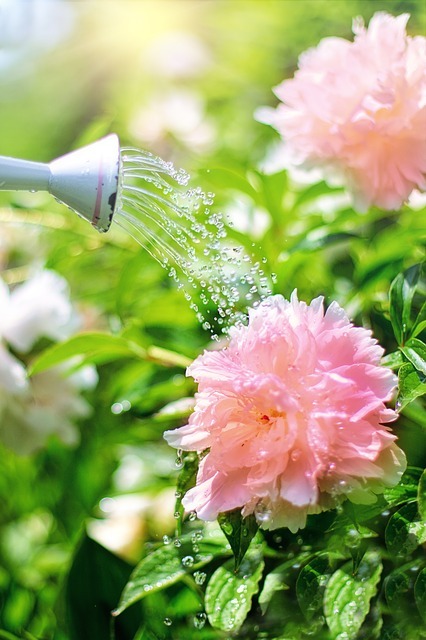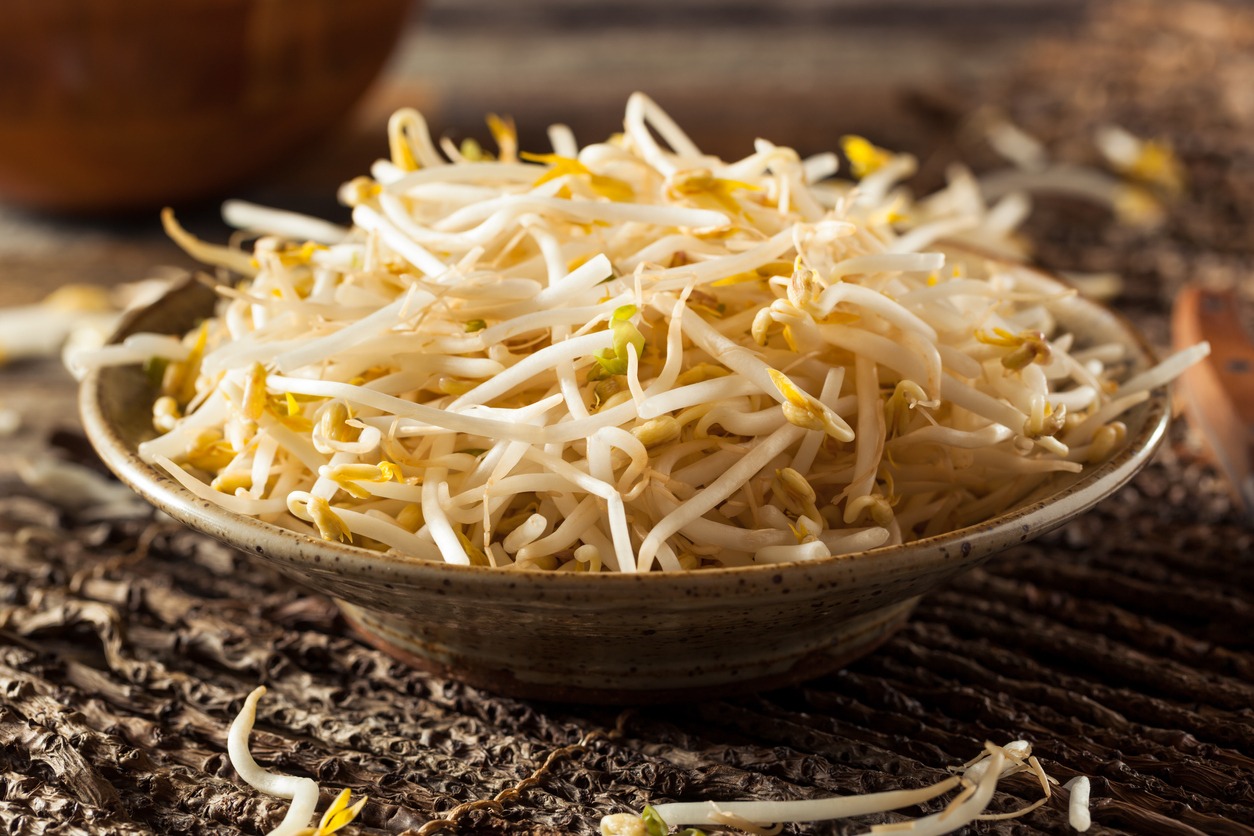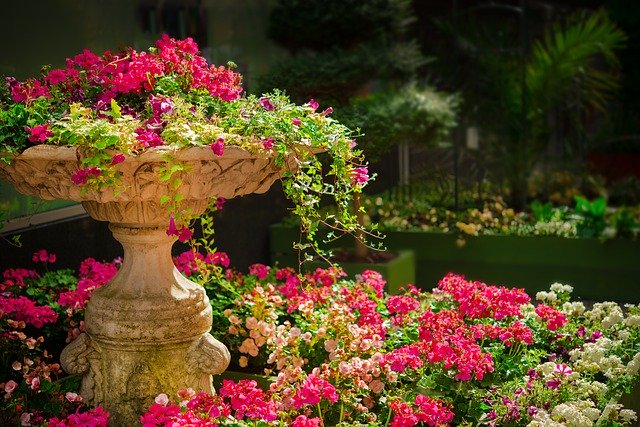Types of Gardens for a Thriving Homestead: Choosing the Right Garden for Self-Sufficiency
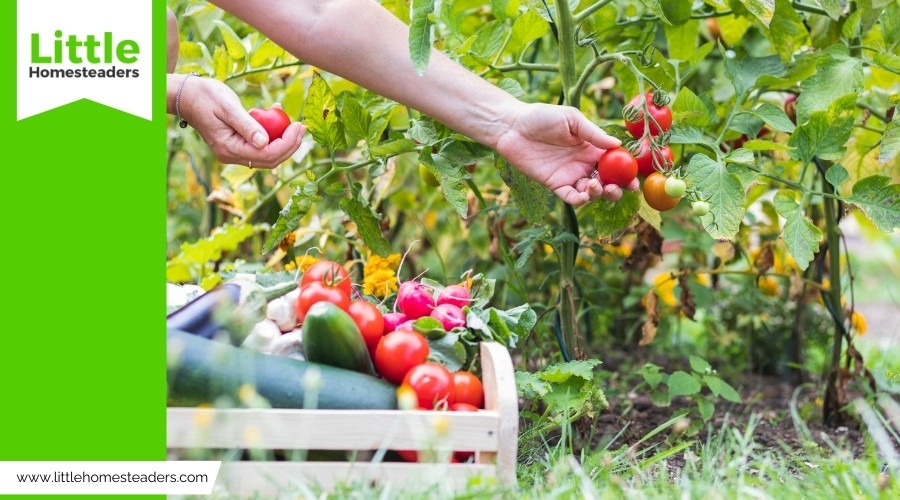
Homesteading is all about creating a lifestyle of self-sufficiency and sustainability. And at the heart of any self-reliant homestead is the garden—a place where you can grow your own food, reconnect with nature, and even share the joys of gardening with your family.
But when it comes to setting up your homestead garden, there are so many options to choose from! Whether you're working with acres of land or a small backyard, there's a garden style that can meet your needs. Let's explore the different types of gardens and help you find the perfect fit for your space, goals, and resources.
Traditional In-Ground Garden Plots
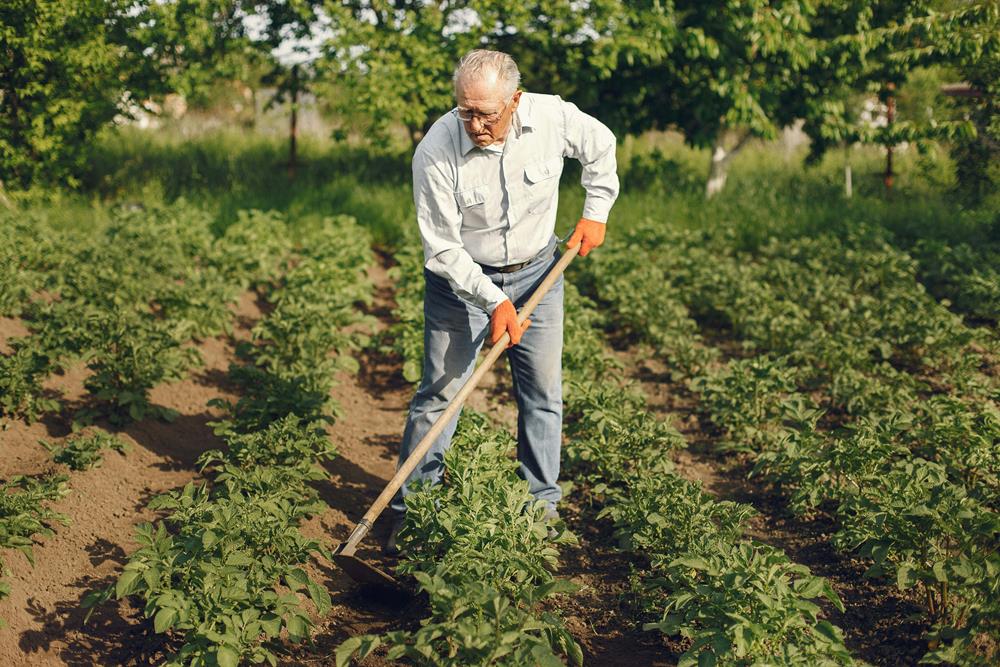
For many, the traditional in-ground garden is the epitome of homesteading. There's something deeply satisfying about turning the soil, planting seeds, and watching your garden transform into a lush, productive space.
Benefits:
- Space for growth: In-ground gardens offer plenty of room for a wide variety of crops, including those with deep root systems like carrots and potatoes.
- Crop rotation: With a larger area, you can practice crop rotation, which helps maintain soil fertility and prevent pests.
- Customization: You can amend and improve the soil over time, tailoring it to the specific needs of your plants.
Challenges:
- Labor-intensive: Preparing and maintaining in-ground plots can be physically demanding, especially if you're starting with poor soil.
- Weeds: In-ground gardens are more prone to weeds, so you'll need to stay on top of weeding and mulching.
Pro Tip: If you're dealing with heavy clay or sandy soil, consider adding organic matter like compost or aged manure. Over time, this will create a rich, loamy foundation for your plants to thrive.
Raised Bed Gardens
Raised beds have become a go-to choice for many homesteaders—and for good reason. These gardens offer versatility and efficiency, making them a fantastic option for beginners and seasoned gardeners alike.
Benefits:
- Improved soil quality: With raised beds, you control the soil mix, ensuring it's nutrient-rich and well-draining.
- Accessibility: The elevated height is easier on your back and knees, making planting and harvesting less strenuous.
- Extended growing season: Raised beds warm up faster in the spring, allowing you to plant earlier.
Challenges:
- Initial investment: Building raised beds requires materials and some upfront effort.
- Watering needs: Raised beds can dry out faster than in-ground gardens, so consistent watering is essential.
Pro Tip: Try incorporating hugelkultur—a method of layering logs, branches, and other organic material at the base of your raised beds. This creates a self-sustaining soil system that retains moisture and provides long-term nutrients.
Container and Vertical Gardens
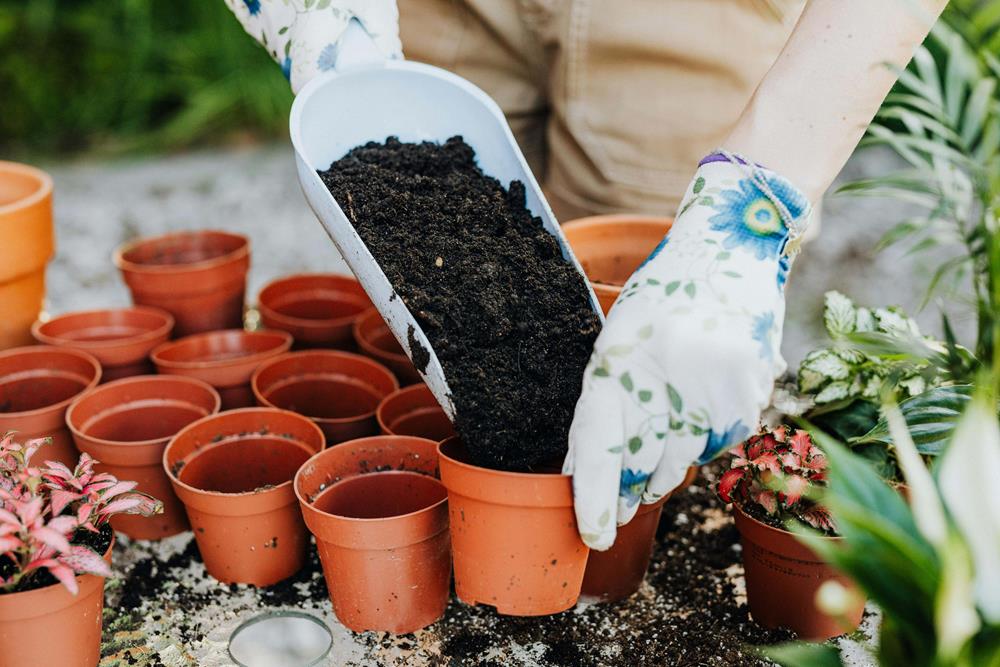
Not everyone has a sprawling yard to work with, and that's okay! Container and vertical gardens prove that you don't need a lot of space to grow your own food.
Benefits:
- Flexibility: You can place containers on patios, balconies, or even windowsills, making them perfect for small spaces.
- Mobility: Move your plants around to catch the best sunlight or protect them from harsh weather.
- Efficient use of space: Vertical gardens let you grow upwards, using trellises, shelves, or hanging pots to maximize your yield.
Challenges:
- Maintenance: Containers often require more frequent watering and fertilizing.
- Size limitations: Smaller pots mean smaller root systems, so you'll need to choose plants wisely.
Pro Tip: Consider growing herbs, leafy greens, or cherry tomatoes in containers. These plants thrive in smaller spaces and reward you with fresh, flavorful harvests.
Permaculture-Based Food Forests
If you're dreaming big and have some patience, a permaculture-based food forest could be your ultimate homestead garden. These gardens mimic natural ecosystems, creating a self-sustaining environment that produces food year after year.
Benefits:
- Biodiversity: Food forests combine trees, shrubs, herbs, vines, and ground cover plants, promoting a balanced ecosystem.
- Low maintenance: Once established, food forests require minimal intervention, as plants work together to support each other.
- Resilience: These gardens are more resistant to pests, diseases, and extreme weather.
Challenges:
- Upfront planning: Designing and planting a food forest takes time and research.
- Patience required: It can take years for trees and perennial plants to mature and produce.
Pro Tip: Start small by planting a few fruit trees and companion plants. Over time, you can expand your food forest, layering in more diversity.
Greenhouses and Hoophouses
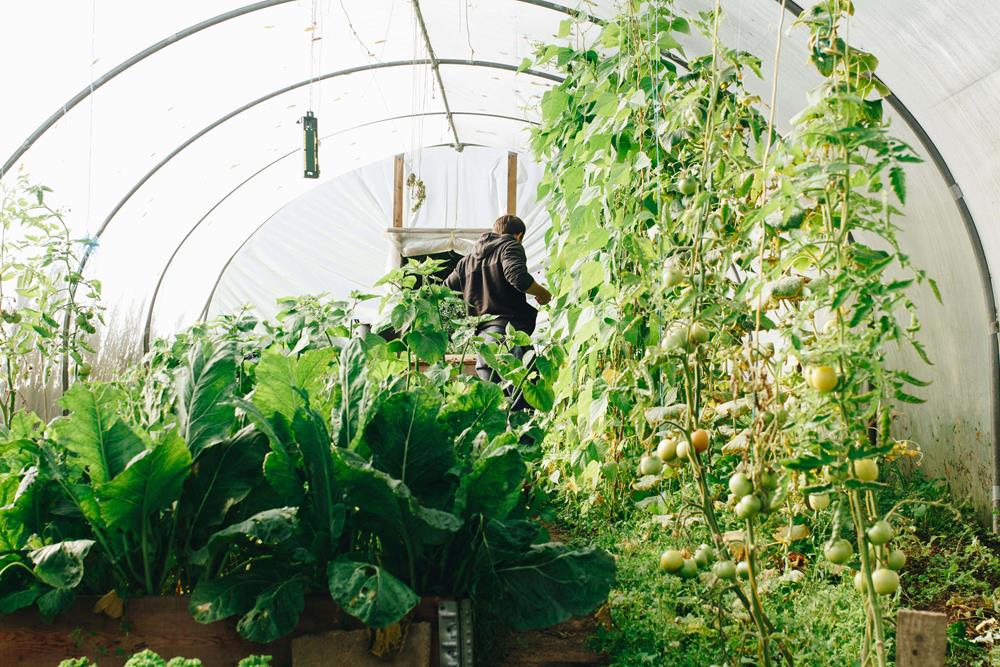
For year-round gardening, nothing beats a greenhouse or hoophouse. These structures protect your plants from extreme weather, pests, and frost, extending your growing season and boosting productivity.
Benefits:
- Controlled environment: Greenhouses offer precise temperature and humidity control, ideal for sensitive crops.
- Season extension: Grow warm-weather plants in the winter and start seeds early in the spring.
- Pest protection: Keep your crops safe from deer, rabbits, and insects.
Challenges:
- Cost: Greenhouses can be expensive to build and maintain.
- Energy use: Heating and cooling may be necessary, depending on your climate.
Pro Tip: If a full greenhouse isn't in your budget, try a hoophouse. These are simpler and cheaper to build while still providing excellent protection for your plants.
Keyhole and Mandala Gardens
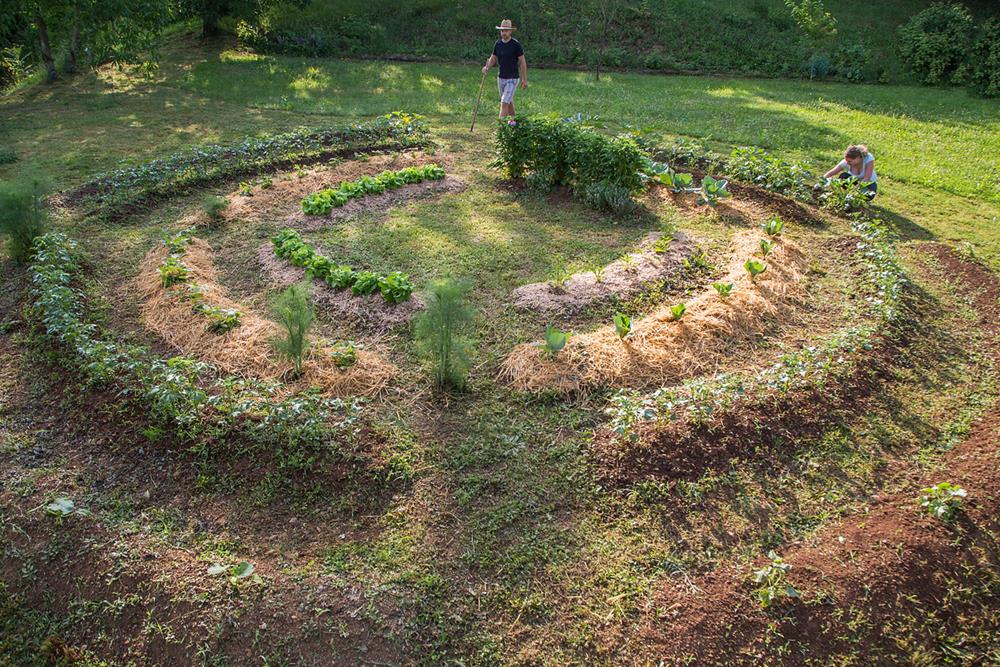
These circular garden designs are not only visually stunning but also incredibly efficient. Keyhole and mandala gardens are perfect for small spaces and can help you make the most of your available area.
Benefits:
- High productivity: Their compact, circular design allows for intensive planting and easy access to all areas.
- Water efficiency: Keyhole gardens often include a central compost basket that retains moisture and nutrients.
- Aesthetic appeal: These gardens add beauty and character to your homestead.
Challenges:
- Space limitations: While great for small areas, they might not provide enough space for larger-scale gardening.
Pro Tip: Use keyhole gardens in arid climates where water conservation is critical. The central compost basket helps keep the soil hydrated and nutrient-rich.
How to Choose the Right Garden for Your Homestead
Now that you've explored your options, how do you decide which garden is right for you? Here are a few key considerations:
- Space: Evaluate how much room you have and whether it's better suited to sprawling in-ground plots, compact raised beds, or vertical gardens.
- Climate: Consider your local weather and growing conditions. Greenhouses may be ideal for cold climates, while permaculture gardens excel in temperate zones.
- Budget: Factor in the cost of materials and ongoing maintenance. Some gardens, like containers, are budget-friendly, while others, like greenhouses, require more investment.
- Goals: Think about your long-term vision. Are you looking for quick results, or are you willing to invest time in a system that grows with you?
Common Questions and Troubleshooting
Q: Which garden is best for beginners? A: Raised beds and container gardens are great for beginners. They're easy to manage and require less labor than in-ground gardens.
Q: How can I improve poor soil for in-ground gardens? A: Add organic matter like compost, aged manure, or cover crops to enrich your soil and improve its structure over time.
Q: Can I combine multiple garden types? A: Absolutely! For example, you could use a greenhouse to protect raised beds or add vertical elements to your container garden.
Additional Resources
- Books: Check out "The Resilient Gardener" by Carol Deppe or "Gaia's Garden" by Toby Hemenway.
- Websites: Explore online communities like The Homesteading Forum or watch YouTube channels like Self-Sufficient Me.
- Tools: Consider investing in a quality compost bin, irrigation system, or seed-starting kit to enhance your gardening experience.
Conclusion
Gardening on a homestead is more than just growing food—it's about creating a sustainable, rewarding way of life. Whether you're planting a traditional in-ground plot, building raised beds, experimenting with containers, or dreaming up a permaculture food forest, there's a garden style to suit every space and goal. Take the time to evaluate your needs and resources, and don't be afraid to start small. With patience and care, you'll soon enjoy the fruits of your labor—literally! So roll up your sleeves and start building your thriving homestead garden today.


